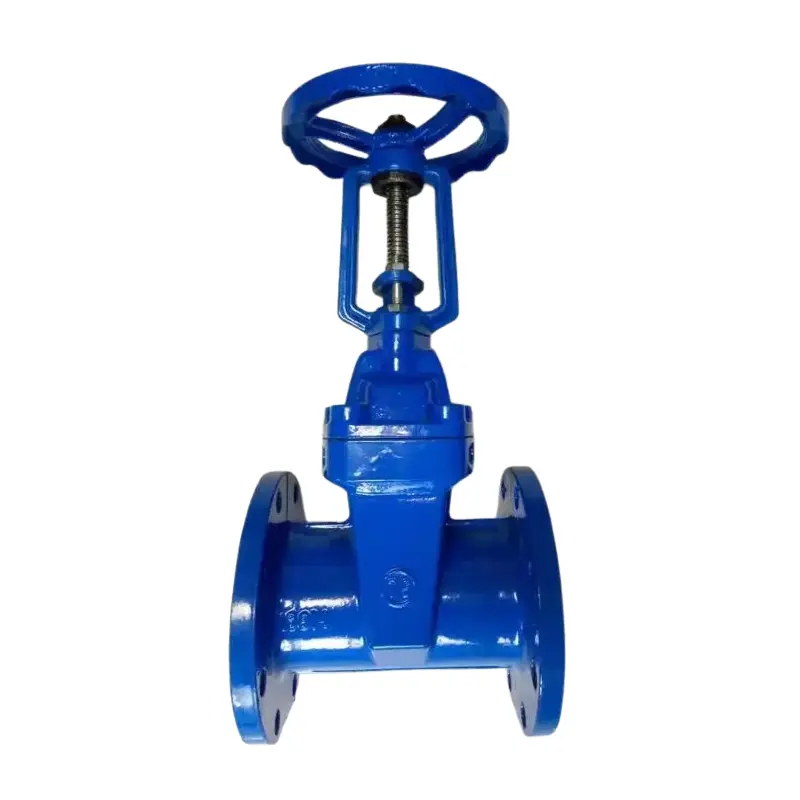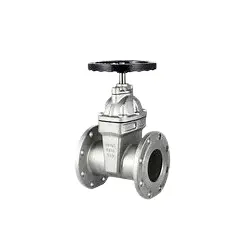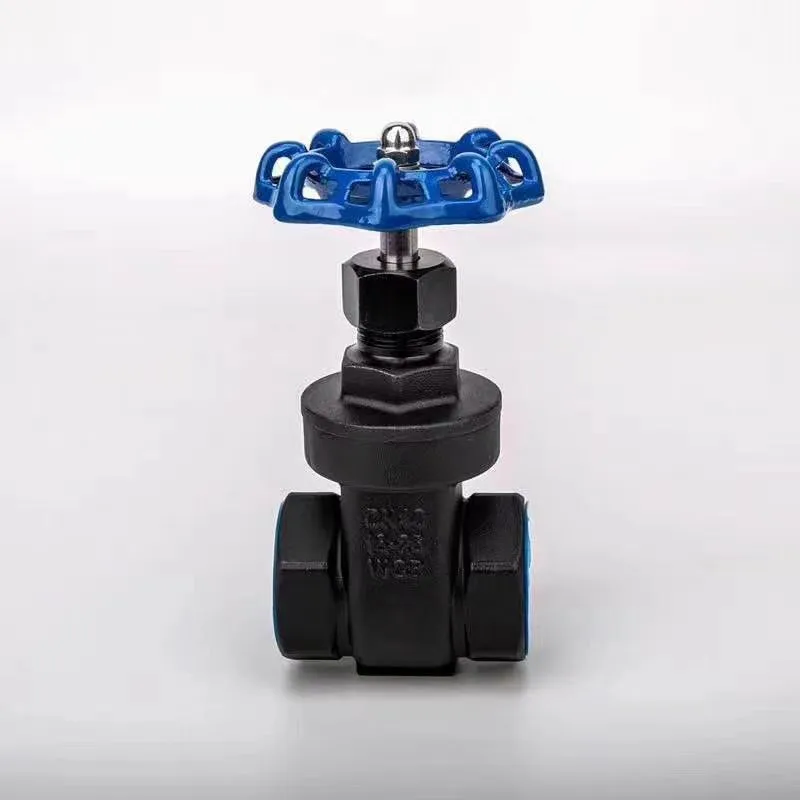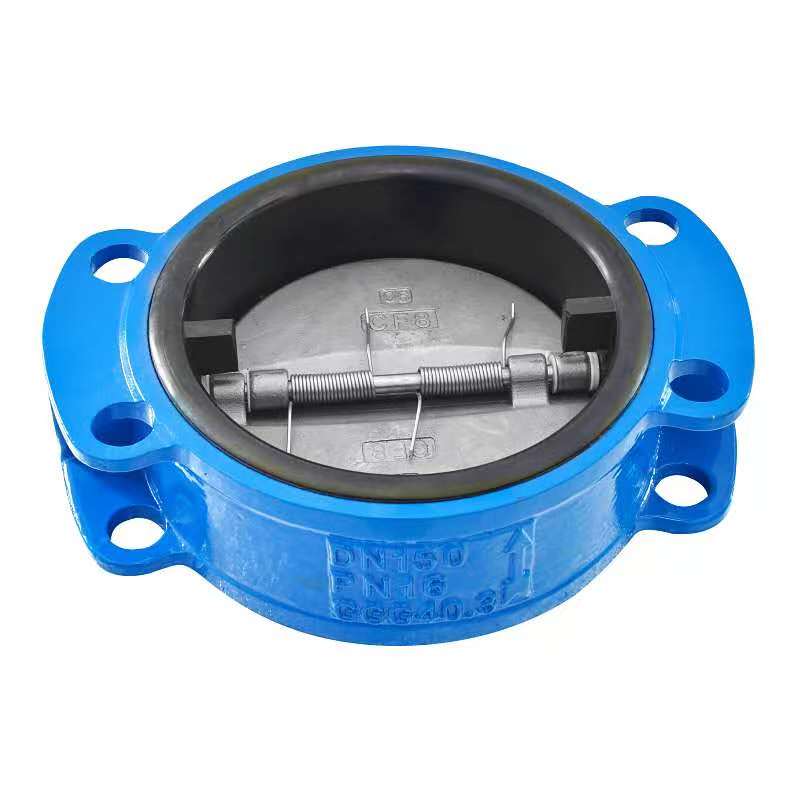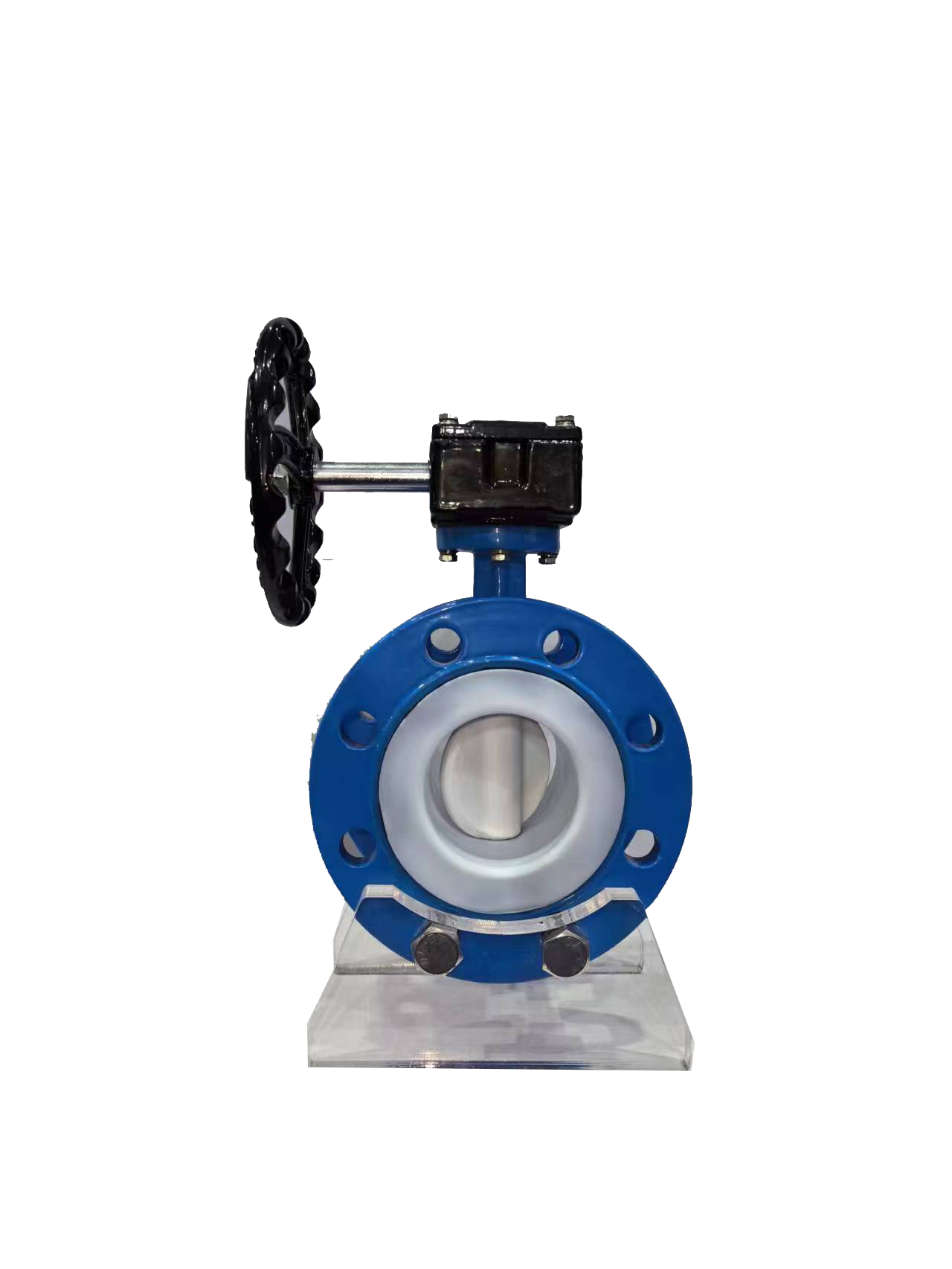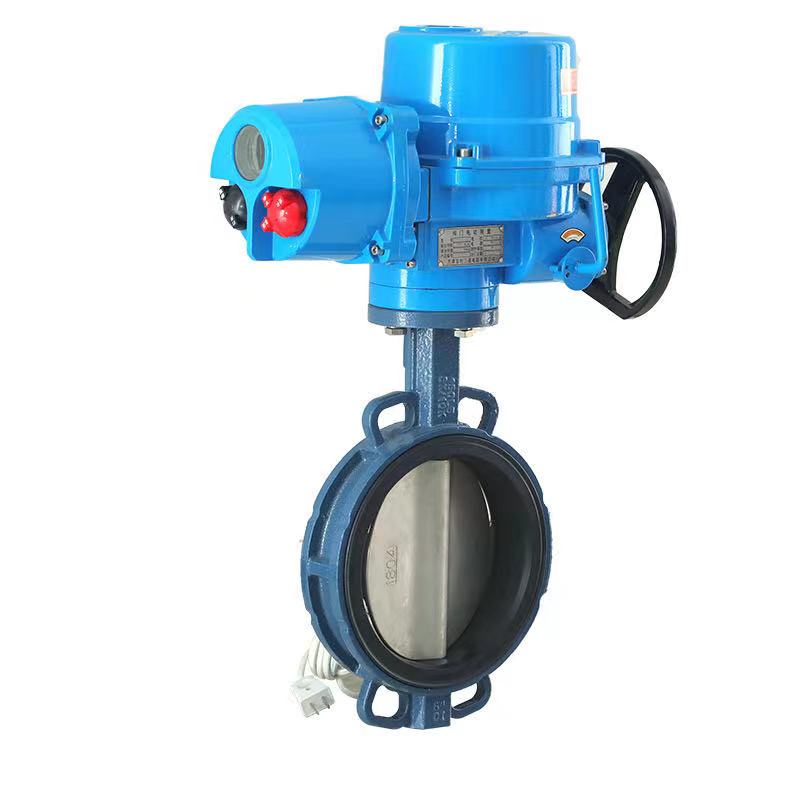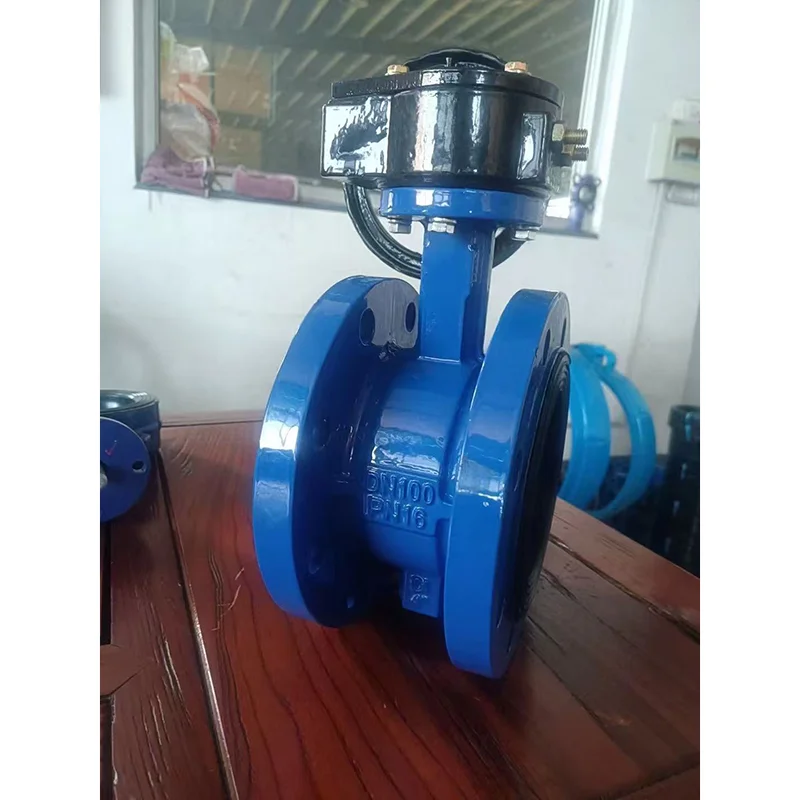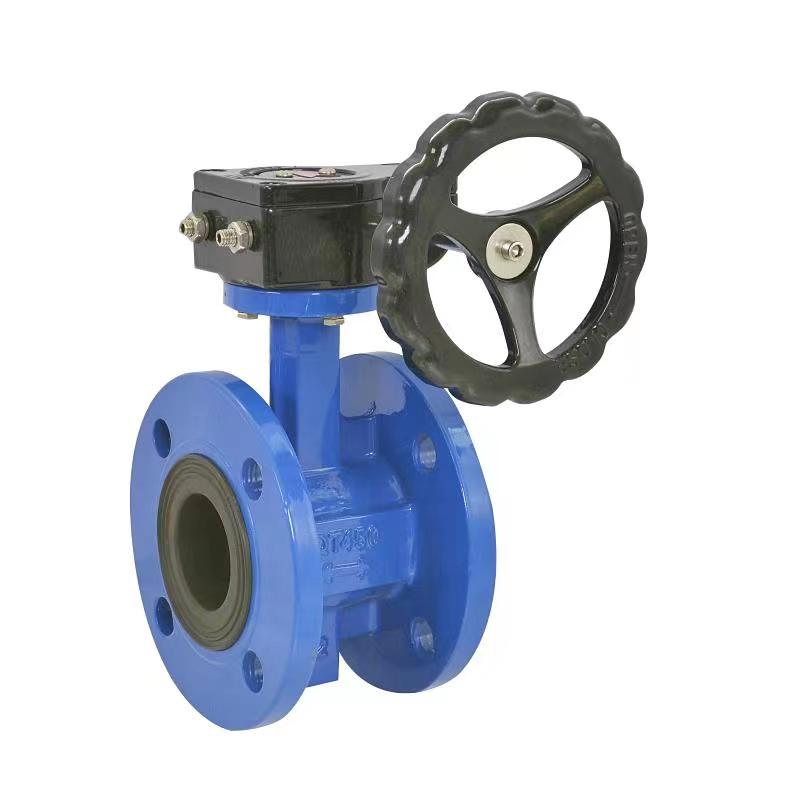- English
- Español
- Português
- русский
- Français
- 日本語
- Deutsch
- tiếng Việt
- Italiano
- Nederlands
- ภาษาไทย
- Polski
- 한국어
- Svenska
- magyar
- Malay
- বাংলা ভাষার
- Dansk
- Suomi
- हिन्दी
- Pilipino
- Türkçe
- Gaeilge
- العربية
- Indonesia
- Norsk
- تمل
- český
- ελληνικά
- український
- Javanese
- فارسی
- தமிழ்
- తెలుగు
- नेपाली
- Burmese
- български
- ລາວ
- Latine
- Қазақша
- Euskal
- Azərbaycan
- Slovenský jazyk
- Македонски
- Lietuvos
- Eesti Keel
- Română
- Slovenski
- मराठी
- Srpski језик
- Esperanto
- Català
- שפה עברית
- Cymraeg
- Latviešu
- icelandic
- ייִדיש
- беларускі
- Hrvatski
- Kreyòl ayisyen
- Shqiptar
- Malti
- lugha ya Kiswahili
- አማርኛ
- Bosanski
- Frysk
- ភាសាខ្មែរ
- ქართული
- ગુજરાતી
- Hausa
- Кыргыз тили
- ಕನ್ನಡ
- Corsa
- Kurdî
- മലയാളം
- Maori
- Монгол хэл
- Hmong
- IsiXhosa
- Zulu
- Yoruba
- অসমীয়া
- ଓଡିଆ
- Twi
- Samoa
- Sesotho
- සිංහල
- Gàidhlig
- Cebuano
- Somali
- Тоҷикӣ
- O'zbek
- Hawaiian
- سنڌي
- Shinra
- Հայերեն
- Igbo
- Sundanese
- Lëtzebuergesch
- Malagasy
- Tǝlam Kanuri
- Punjabi
- پښتو
- Chichewa
How to install a ball valve?
2025-10-13
Ball Valve Installation Guide
As a commonly used valve for controlling fluid flow, ball valves are widely used in both industrial and civilian fields. Proper installation of ball valves is crucial for ensuring the normal operation of the system. The following are detailed installation steps.
Pre-installation preparation
Before installation, it is necessary to carefully check whether the specifications and models of the ball valve match the requirements of the pipeline system, inspect the appearance of the ball valve for damage or cracks, and check whether the internal parts are complete and flexible. At the same time, it is necessary to clean the debris inside the pipeline to prevent it from entering the interior of the ball valve during installation and affecting its normal operation. Additionally, prepare the necessary tools for installation, such as wrenches, screwdrivers, etc.
Installation steps
Firstly, place the ball valve steadily in the installation position to ensure that the flow direction mark of the ball valve is consistent with the actual flow direction of the fluid in the pipeline. This is crucial, as installing the ball valve in the opposite direction can cause it to fail to function properly. Next, use appropriate tools to connect the ball valve to the pipeline. For flange connected ball valves, the sealing gasket should be installed on the flange first, and then the ball valve should be aligned with the pipeline flange. The two should be tightly connected with bolts, which should be symmetrically tightened to ensure even force distribution and prevent leakage. For ball valves with threaded connections, wrap an appropriate amount of tape around the threads and slowly screw the ball valve into the pipeline interface, being careful not to apply excessive force to avoid damaging the threads.
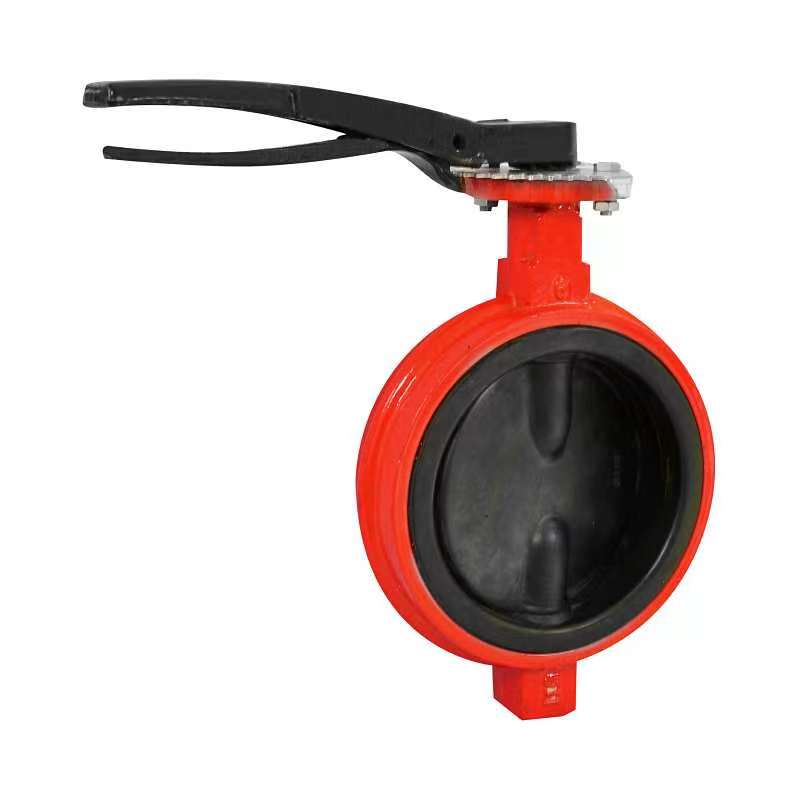
Post installation inspection and debugging
After installation, a comprehensive inspection of the ball valve is required. Check if the connection parts are securely fastened and if there is any looseness. Then perform debugging, slowly open and close the ball valve several times, and check whether the operation of the ball valve is flexible, whether there are any jamming, leakage, etc. If a leak is found, the cause should be promptly investigated, which may be damage to the sealing gasket, loose bolts, or improper winding of the raw material tape at the threaded connection. Specific measures should be taken to address the problem.
In short, the correct installation of ball valves is the foundation for ensuring the normal operation of pipeline systems. During the installation process, it is necessary to strictly follow the operating specifications and carefully inspect every step, so that the ball valve can work stably and reliably in the system, and play its due control role.
Previous :
Related News
New Products



